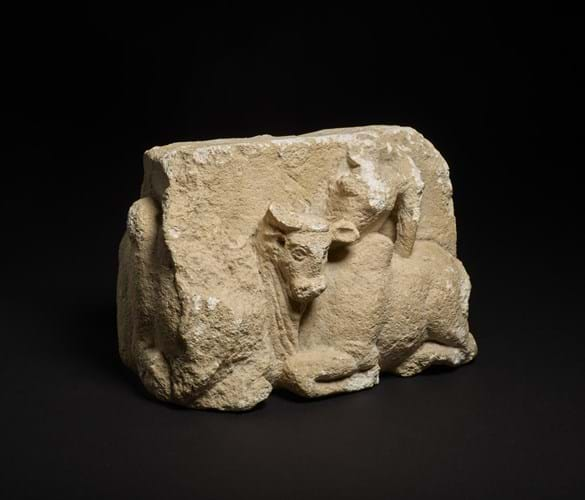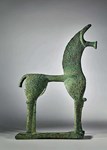
Tracking and Disrupting the Illicit Antiquities Trade with Open- Source Data was penned by US policy think tank Rand Corporation. The 145-page document concludes that the “market for all antiquities, both licit and illicit is… at most, a few hundred million dollars annually rather than the billions of dollars claimed in some other estimates”. It adds that the approach hitherto adopted had “damaged legitimate market interests”.
Vincent Geerling, chairman of International Association of Dealers in Ancient Art (IADAA), said: “While I am delighted that its conclusions, based on solid research, analysis and evidence, support what we have been saying for years now, it is shocking that so much hype and inaccuracy have been allowed to go unchecked for years.”
Policymaking
The wider implications of the illicit antiquities market provide the context for the Rand study. The authors noted it “has become an area of concern for policymakers… [which has been] fuelled by a well-documented rise in looting at archaeological sites and a fear that the proceeds of such looting may be financing terrorism or rogue states”.
While their conclusions do not dispute recent extensive looting in the Middle East and North Africa, the “analysis of the major sales channels in Europe and the Americas has not identified evidence that a sufficiently robust international market exists to sell these goods”.
Instead, its data suggests the market is more localised, with the trade in looted antiquities more ad hoc and opportunistic rather than a highly organised system.
The report can be viewed online:














